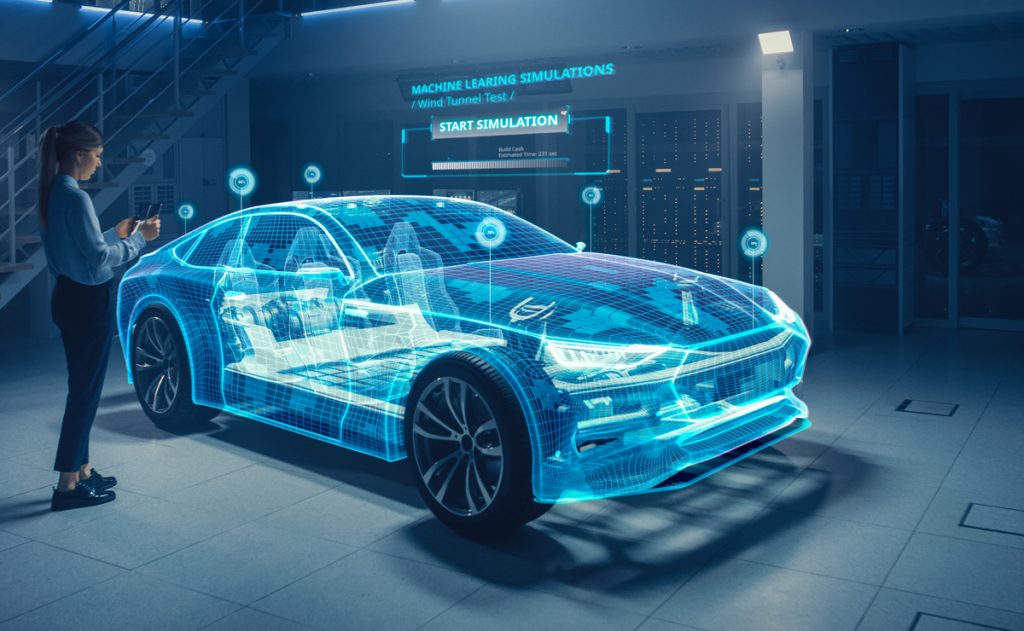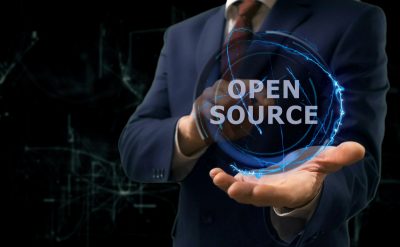Virtualization is the creation of a virtual, and not the actual version of something. It provides the means to combine separate software systems on a single computing unit. Virtualization in automotive is a tool to model future functionality growth in a manageable in-vehicle electrical/computing architecture. Most of the operating systems use kernel, which is an interface to the processing capability of CPUs and other hardware. Kernel functions to ensure that multiple processes are executed correctly and look over their requests for hardware access.
“Virtualization in computing often refers to the abstraction of some physical components into a logical object. By virtualizing an item, you can obtain some greater measure of utility from the resource the object provides. For example, Virtual LANs (local area networks) or VLANs provide more incredible network performance and improved manageability by being separated from the physical hardware.”
― Matthew Portnoy, Virtualization Essentials
(Note: In non-virtualized systems, each computer boots only one operating system kernel, and the single kernel manages one hardware.)
Virtualization in automotive
As we take a look around us, the automotive industry seems to explore a new dimension. It includes autonomous driving, connectivity, and mobility, wherein the role of software development is predicted to increase exponentially. There is an increase in software complexity and the number of components in the automotive.
In this line, virtualization comes up as a technique that can handle the upcoming innovations, growing expectations of users, and the requirement of computation power in automotive. Virtualization in automation is achieved by introducing a software layer termed as Hypervisor or virtual machine monitor into the system that creates or runs virtual machines. These machines can host operating systems such as Android and real-time operating systems such as AUTOSTAR.
The virtualization in automotive will make it possible to run parts of automotive with different requirements maintaining real-time behavior. It also creates virtual software containers so that every car domain can be isolated and does not affect other domains of the car with vulnerabilities.
Examples of virtualization in automotive
Several companies have launched such products for the automotive industry.
- One example is Blackberry, which has launched QNX Hypervisor 2.0 based on its SDP 1.0. The working of this product offers risk-free benefits; it enables developers to separate safety-critical environments so that no system is put at risk.
- The second example is Mentor Graphics Corporation with a product name Mentor Embedded Hypervisor that works well for in-vehicle infotainment (IVI) systems, telematics, advanced driver assistance systems (ADAS), and instrument.
- Renesas Electronics Corporation has introduced new software packages. Its one of the products R-CAR computing platform implements embedded optimized virtualization technology.
- Green Hills Software’s product, INTEGRITY Multivisor, is also believed to be a robust and reliable embedded virtualization solution.
Apart from these, other companies have launched products scaling up the scope of automotive, and many are still in the process of launching.
As cars are positioned to offer an increased level of autonomy, automotive players believe that it is the quality and security of the vehicle software that guarantees safety. And it is why automotive players need to modify vehicle software and architecture.
Virtualization, today and tomorrow
Today, there are several possibilities in the world of automotive. Automakers can transform the vehicle architecture, digital giants could introduce onboard cloud platforms, and even mobility players could produce their vehicles. Without a doubt, the automakers could also introduce connected and autonomous cars.
The transition from hardware-centric products to a software/service-oriented world is challenging for traditional automotive companies. But there is no other choice than for the industry to change itself while moving toward the future.
1. The companies need to identify how to develop, offer, and deploy features, both from a technical and development perspective. Going further, companies need to find out a way to manage innovation in the software.
2. While moving toward development, the OEMs should identify how the process of software development can be anchored. Here suppliers play a crucial role as they need to attach an exact business value to their software to capture a considerable revenue share.
3. The OEMs and suppliers should consider a better organizational setup for vehicle-related electronic topics. The organizations should amp their capabilities and skills for their software and electronics teams.
4. Rethink on the business model and their automotive features as a product. For staying competitive and generate accurate results in automotive electronics, it is required to identify which features work well and can be monetized.
To conclude,
As the new era of automotive software begins, it is changing customer needs, business models, and the nature of competition along with it. And looking at the capabilities and power of virtualization, we are sure about the revenue and profits. The players who aren’t still implementing this technology should consider and position it in their business environment.
For more insights download our latest whitepapers on virtualization.













